Household Bug Identifier: Know Your Unwanted Guests
Welcome to Martin’s Pest Control’s Household Bug Identifier! We’re here to help you identify common household pests and provide valuable information on dealing with them effectively. Our mission is to empower you with knowledge to understand better these pests and how our pest control services can assist you.
Common Household Bugs & How To Identify Them
Ants
In Virginia, you can encounter various ant species, each with its unique characteristics. Some common ant species in the region include Odorous House Ants, Carpenter Ants, Red Imported Fire Ants, and Pavement Ants.
- Odorous House Ants are small, brown to black ants that give off a bad smell when crushed.
- Carpenter Ants are larger and often have a reddish or black color, and they create nests in wood.
- Red Imported Fire Ants are known for their reddish-brown color and aggressive behavior, delivering painful stings.
- Pavement Ants are dark brown to black and often seen in urban areas, particularly on sidewalks and driveways. Identifying these ant species can be based on their size, color, nesting habits, and behavior, which will help determine the appropriate methods for ant control in your specific situation.
Insights: Ants often invade homes in search of food. Keeping your kitchen clean and sealing entry points can help deter them.

Red Ants

Pavement Ants

Odorous Ants

Carpenter Ants
Stink Bugs
Stink bugs in Virginia encompass several species, with the most common being the
- Brown Marmorated Stink Bug. These stink bugs typically have a shield-shaped body, mottled brown or gray coloring, and distinctive white bands on their antennae and legs. They are recognized for their unpleasant odor when crushed or disturbed.
- Green Stink Bug, which is vibrant green with a distinct triangular shape.
- Southern Green Stink Bug, recognized by its green color and four distinct black spots on its abdomen.
You can use our household bug identifier to recognize stink bugs by their shield-like shape, varied coloration, and releasing a pungent odor upon disturbance is critical to recognizing these common household pests.
Insights: Stink bugs are a nuisance when they invade homes in large numbers during the fall. Sealing gaps and using screens can help prevent them.
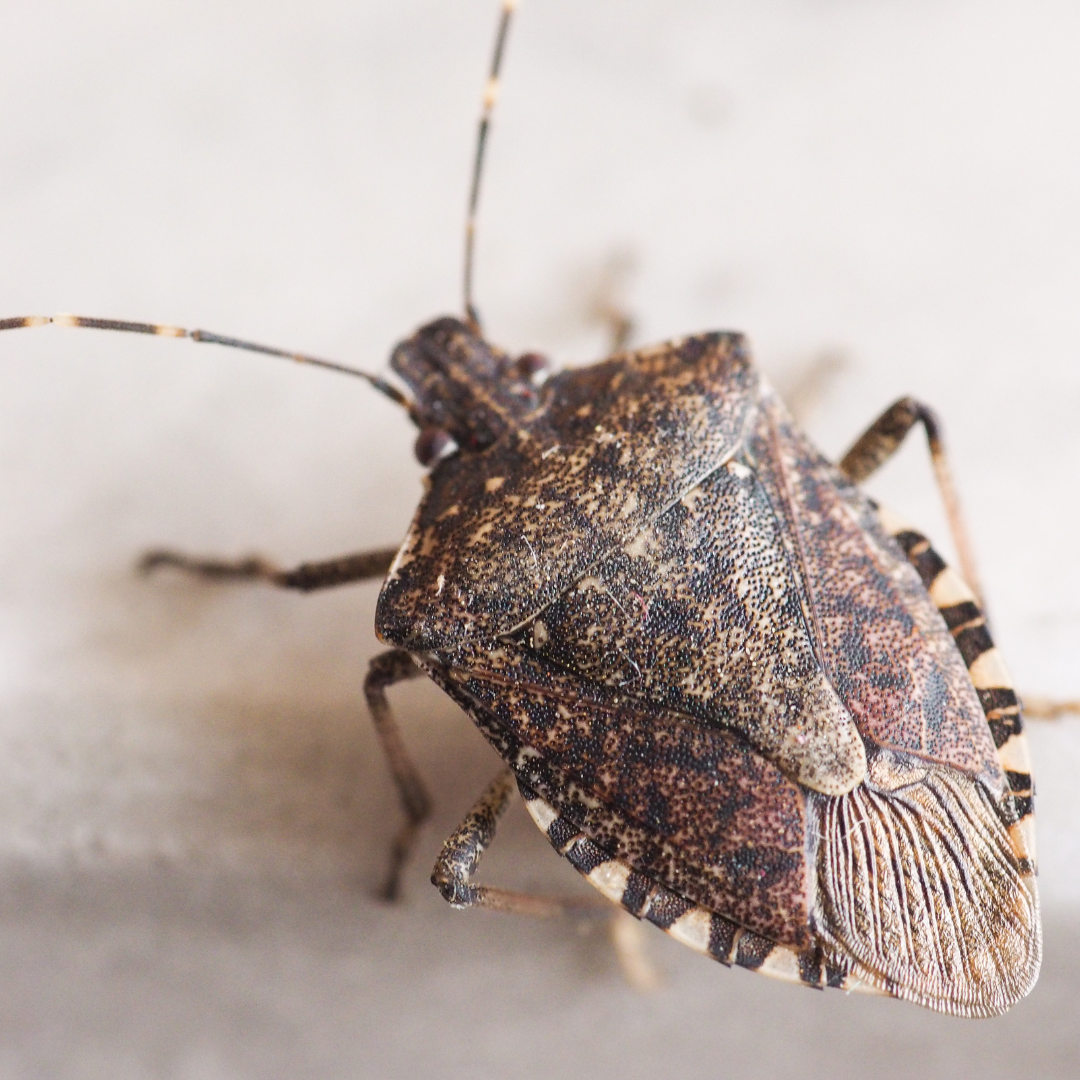
Brown Marmorated Stink Bug
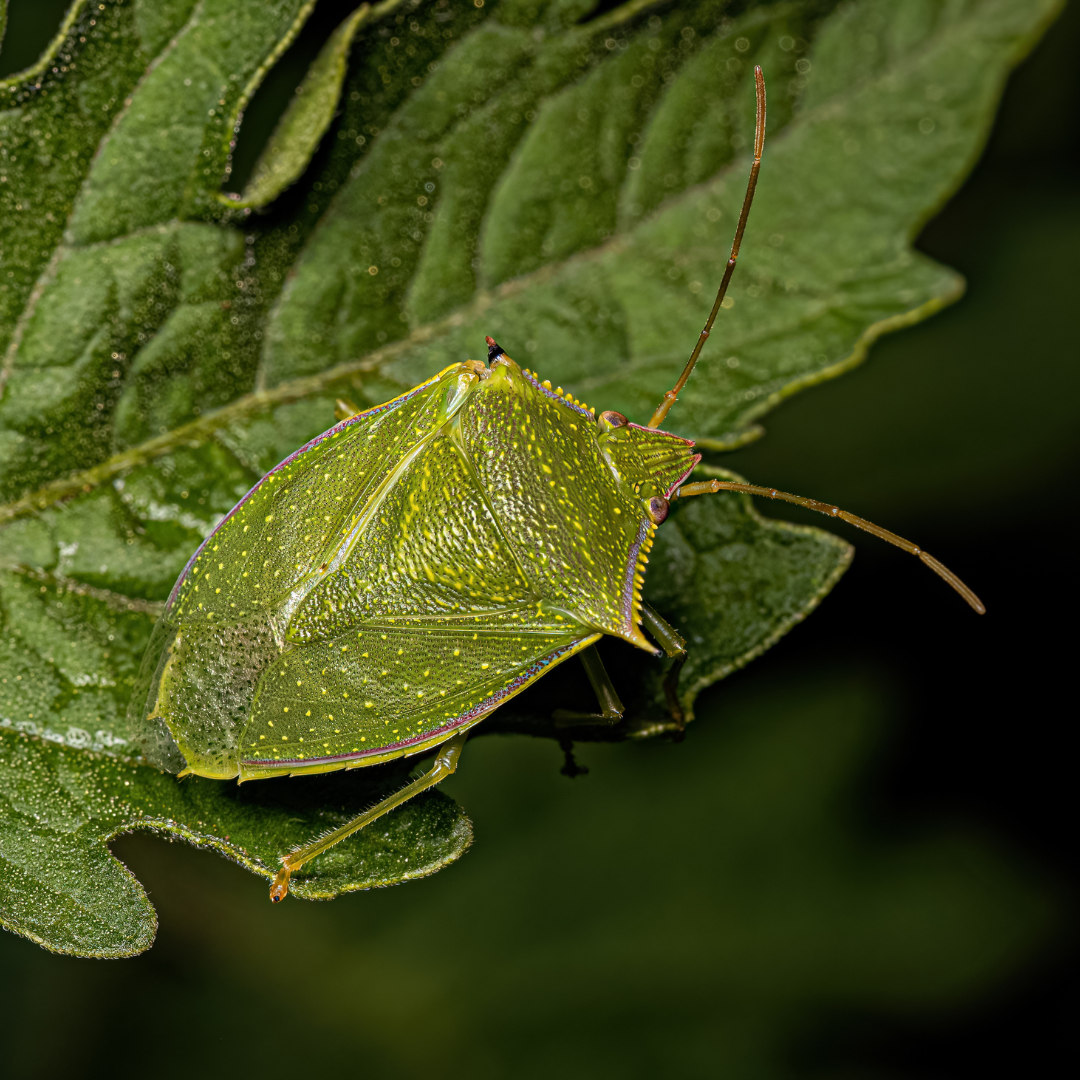
Green Stink Bug
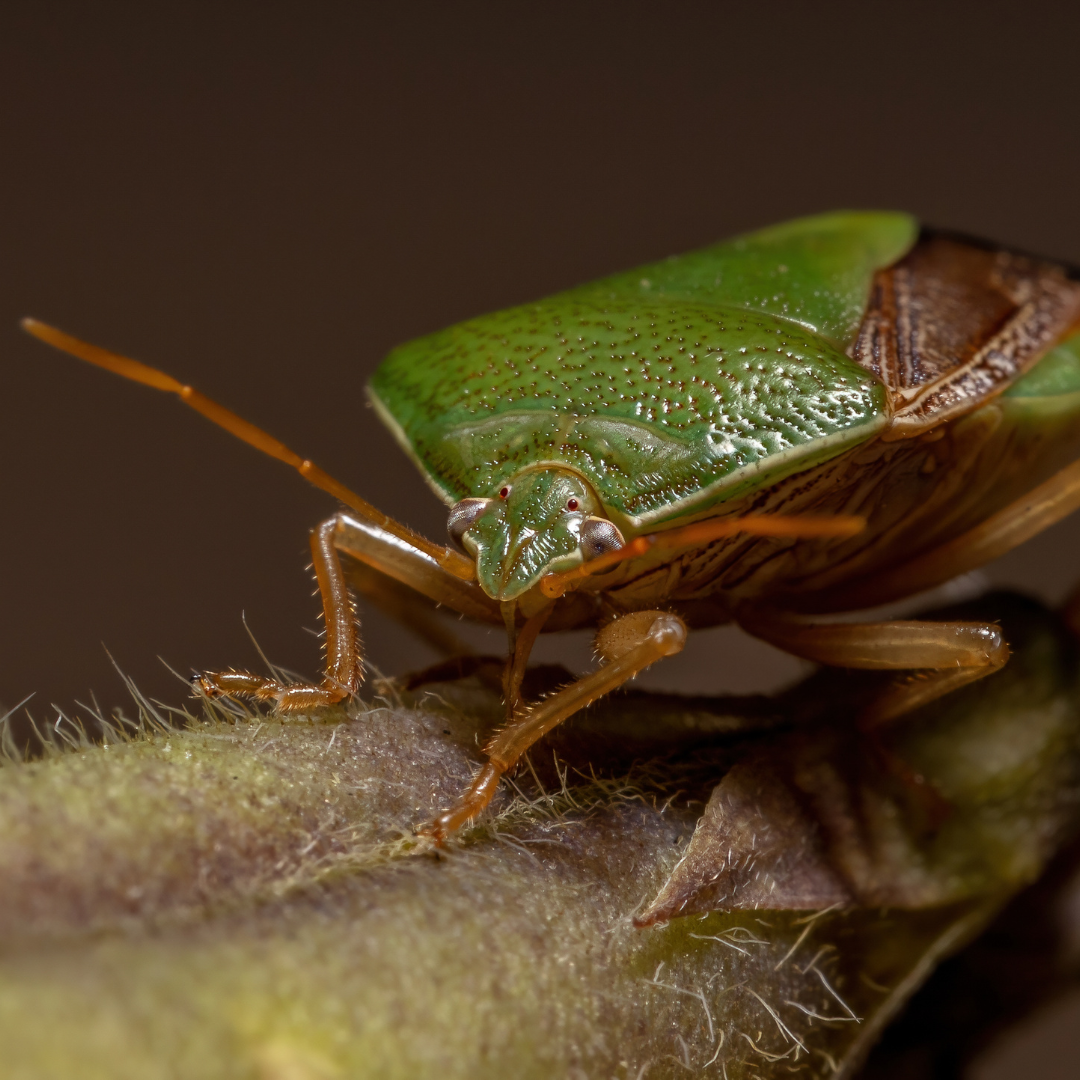
Southern Green Stink Bug
Bedbugs
Cimex lectularius is known as the common bed bug. These reddish-brown insects are about the size of an apple seed, with a flat, oval shape and prominent antennae.
It’s essential to consult a pest control professional for precise identification and effective treatment if you suspect a bed bug infestation in your Virginia home.
Insights: Bedbugs can be challenging to eliminate. Professional pest control is often necessary to completely eradicate an infestation.
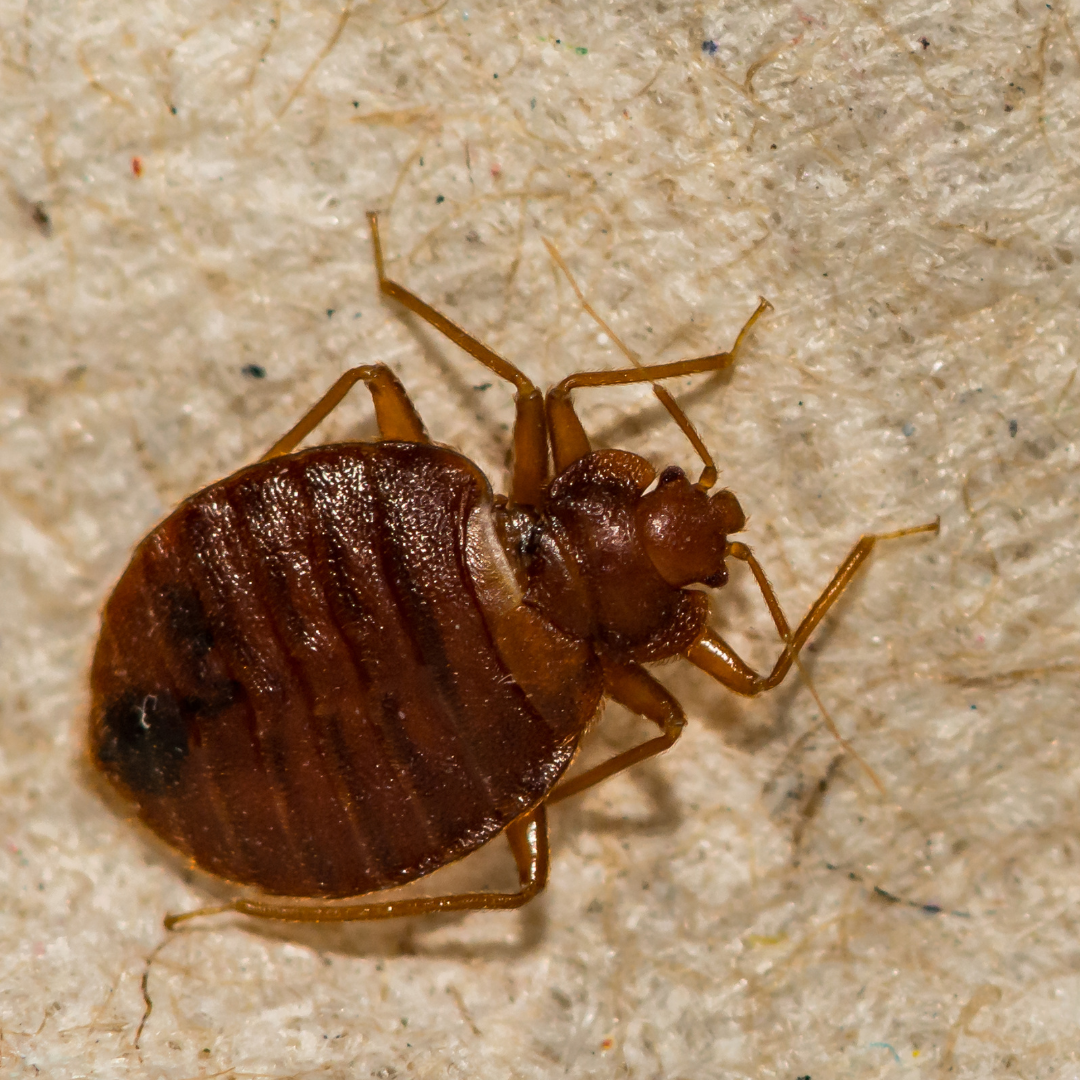
Bed Bugs (Cimex lectularius)
Bees
Bees come in various species, and their appearance can vary, but they generally have robust, fuzzy bodies with three segments: head, thorax, and abdomen. Common bee types include
- honey bees, recognized for their golden-yellow and brown coloration.
- Bumblebees are typically larger and characterized by black and yellow stripes.
- Carpenter bees, often robust and black, occasionally with areas of yellow or white.
- Sweat bees, smaller in size, often metallic green, blue, or brown.
Solitary bee species vary widely, with colors ranging from black and brown to vibrant greens and blues. The distinguishing features mentioned here can help in identifying different bee species.
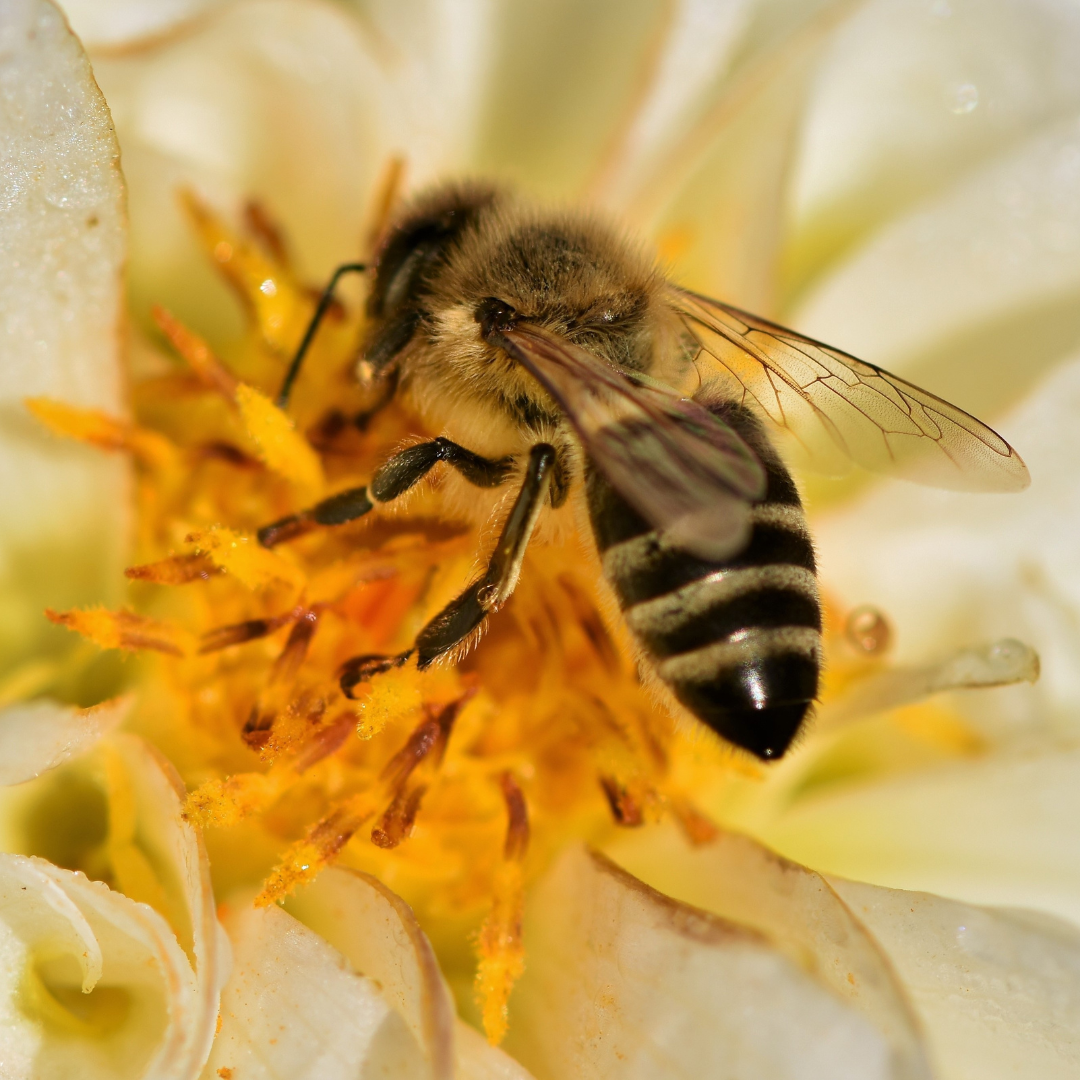
Honey Bees
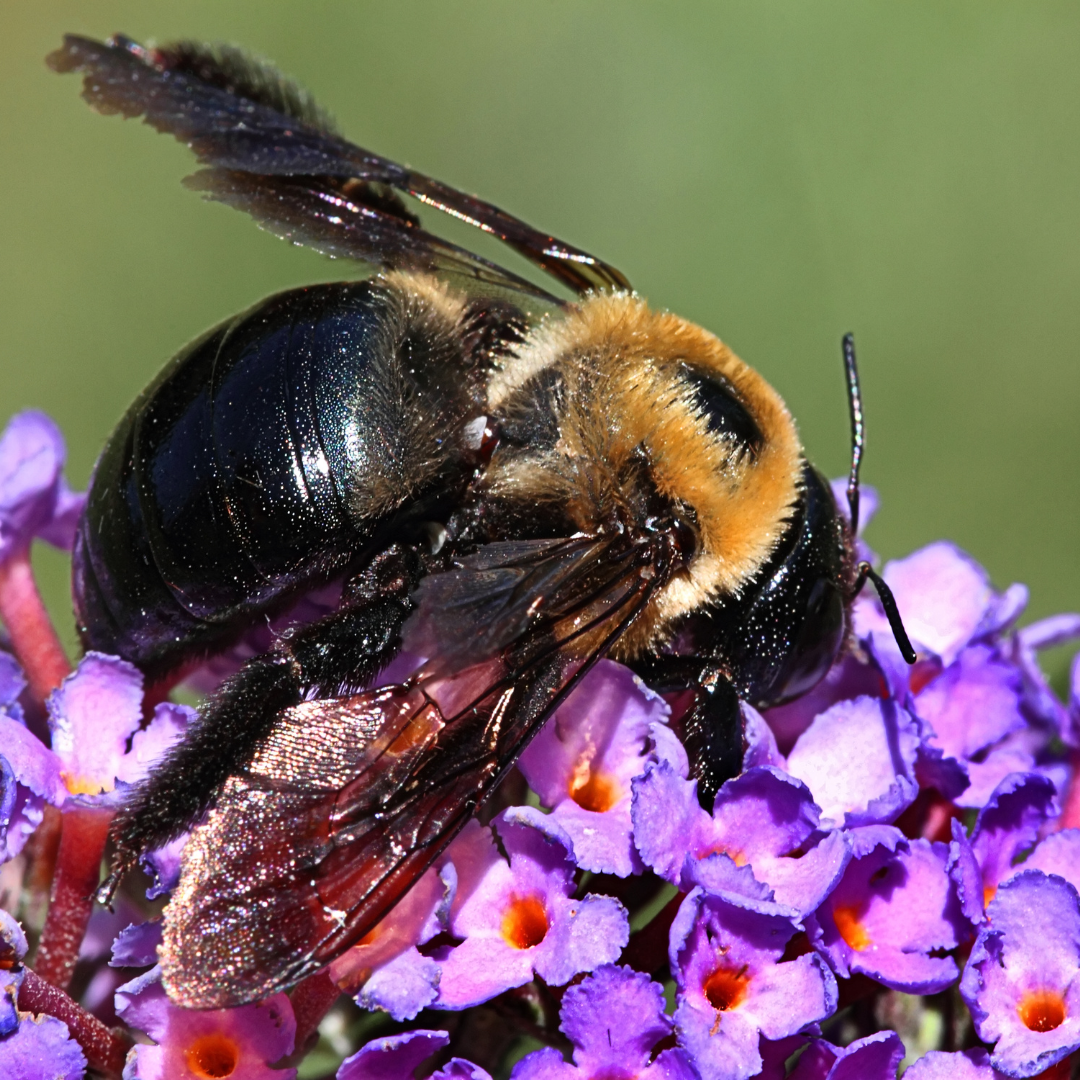
Carpenter Bees
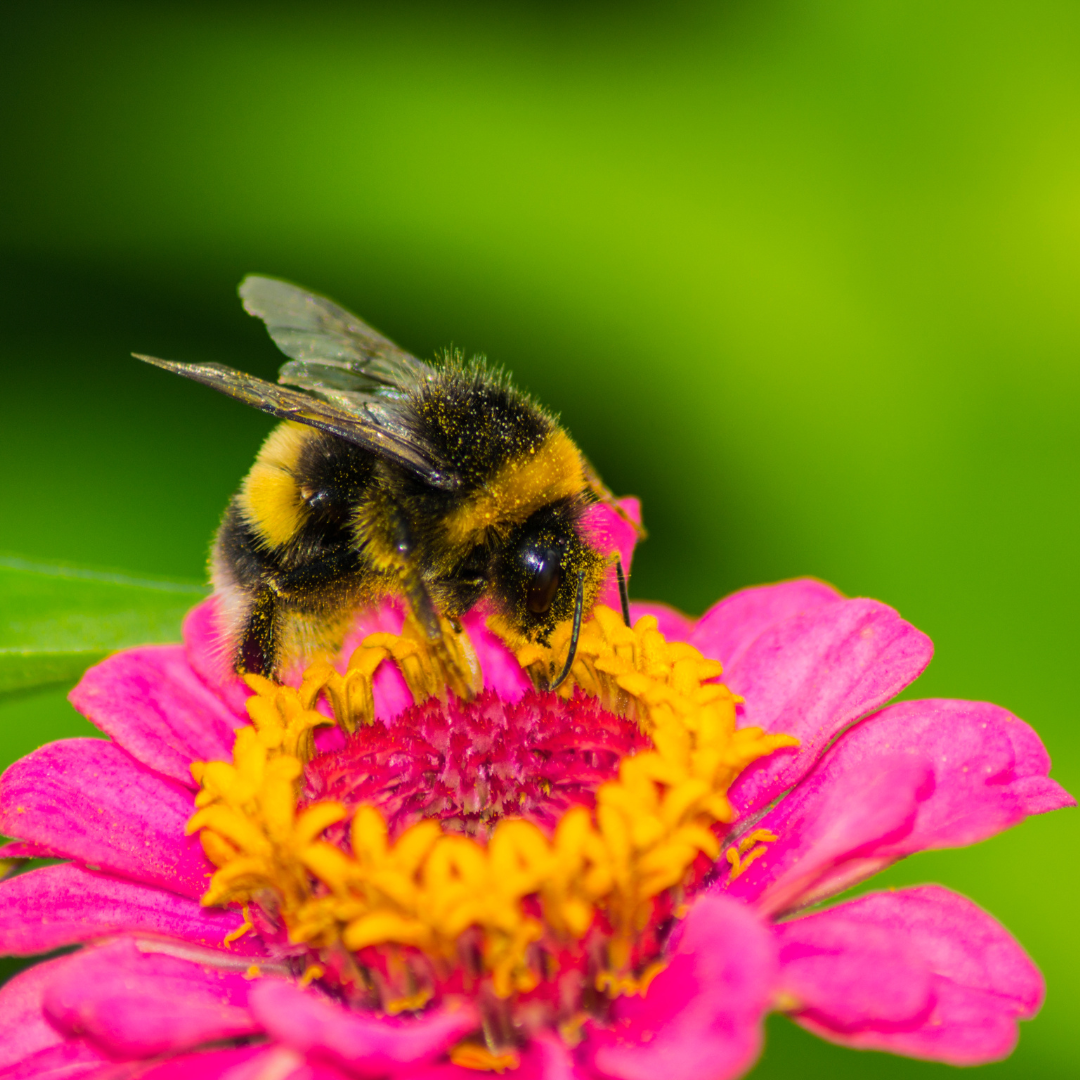
Bumblebees
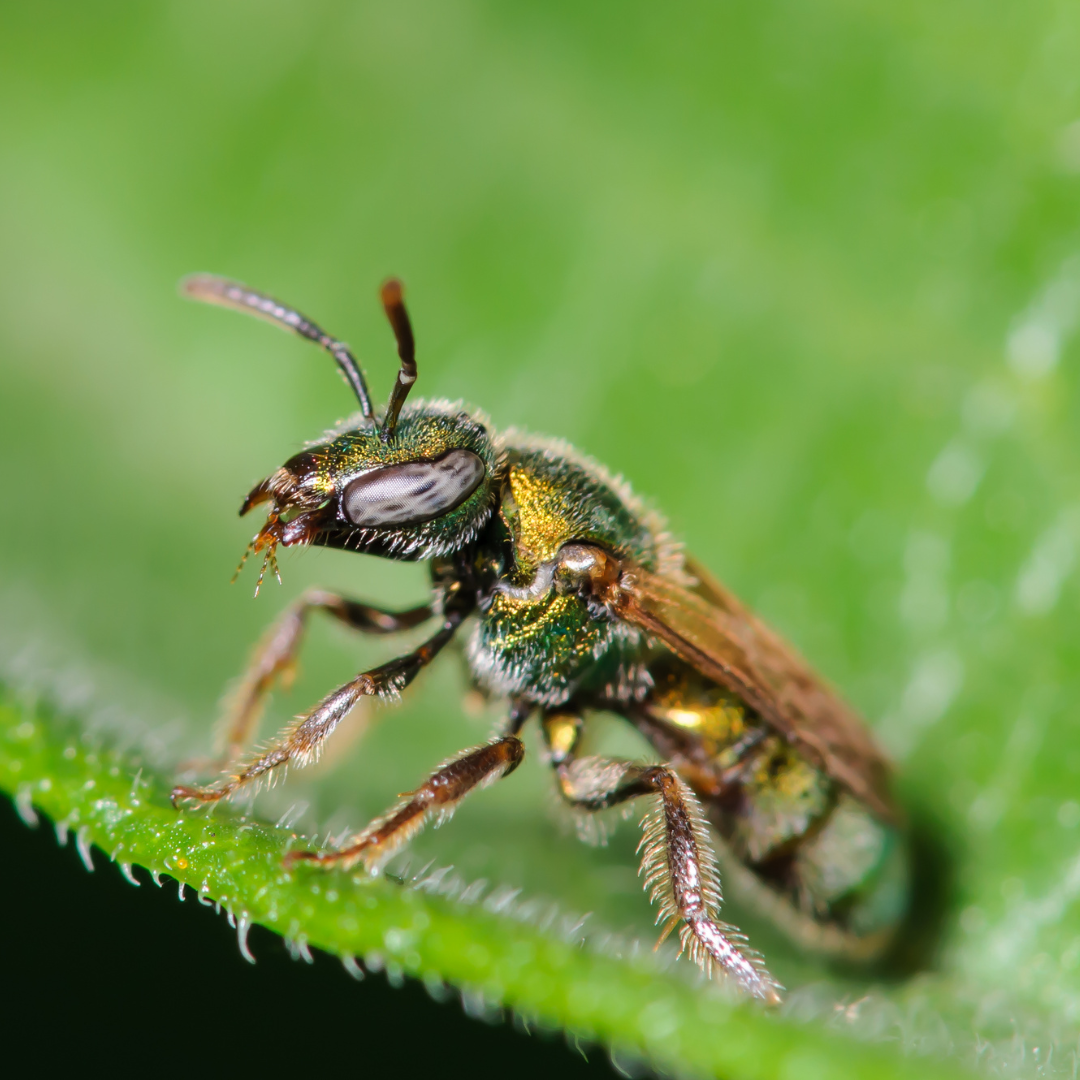
Sweat Bees
Yellow Jackets & Bees
Our household bug identifier wouldn’t be complete without mentioning several species of yellow jackets that are commonly found in VA, and specific characteristics that can identify each one.
- The Eastern Yellow Jacket is known for its distinct black and yellow coloration, with bold abdominal patterns.
- The Common Yellow Jacket is another variety with similar coloration.
- German Yellow Jacket typically has more extensive black markings on its abdomen.
- Southern Yellow Jacket is recognized by its smaller size and a solid yellow band on the front of its abdomen.
Identifying these yellow jacket species is vital as some may display more aggressive behaviors than others when their nests are disturbed, and professional assistance is recommended for nest removal and control to ensure safety.
Insights: Both yellow jackets and bees can sting, posing risks to those who are allergic. Professionals best handle nest removal.
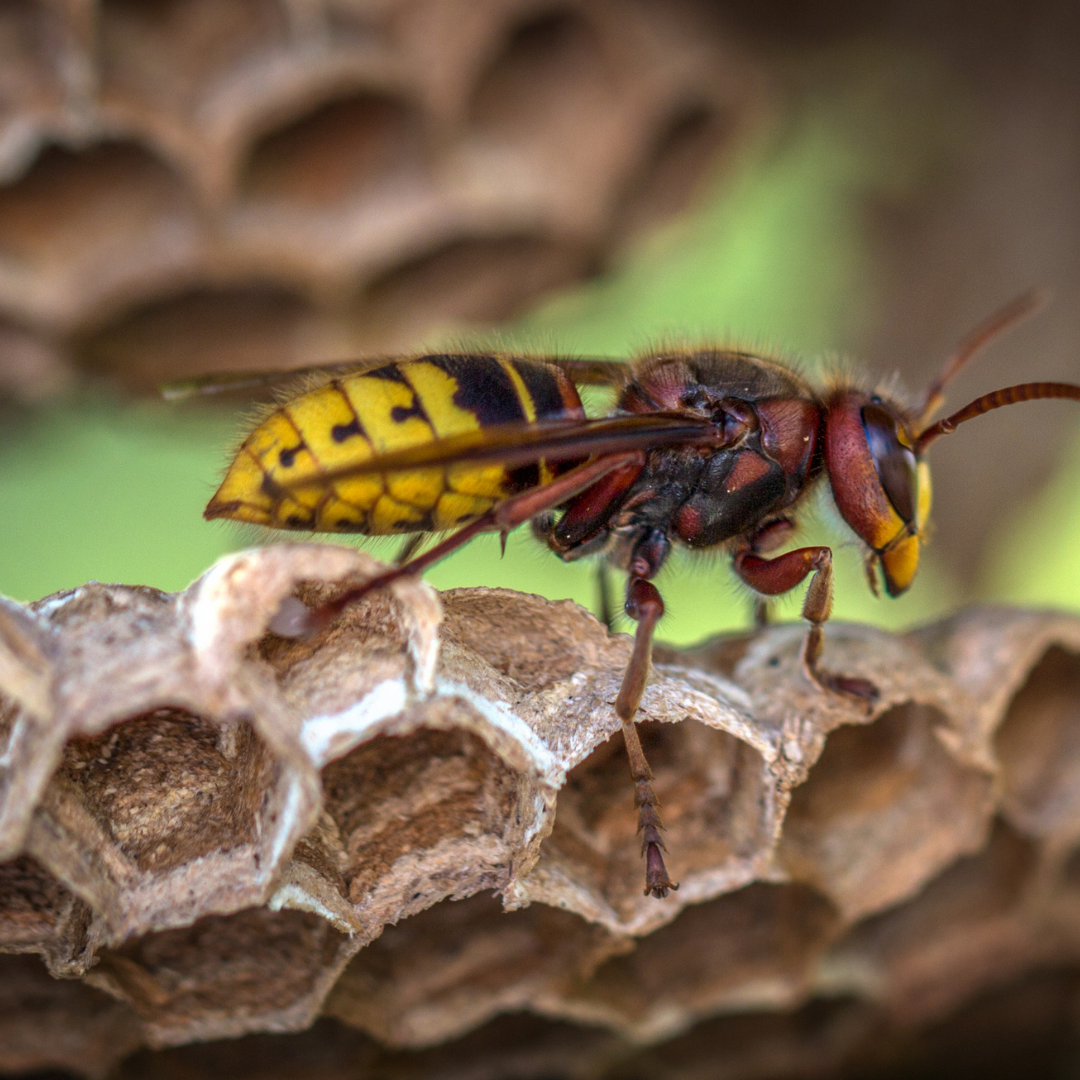
Eastern Yellow Jacket
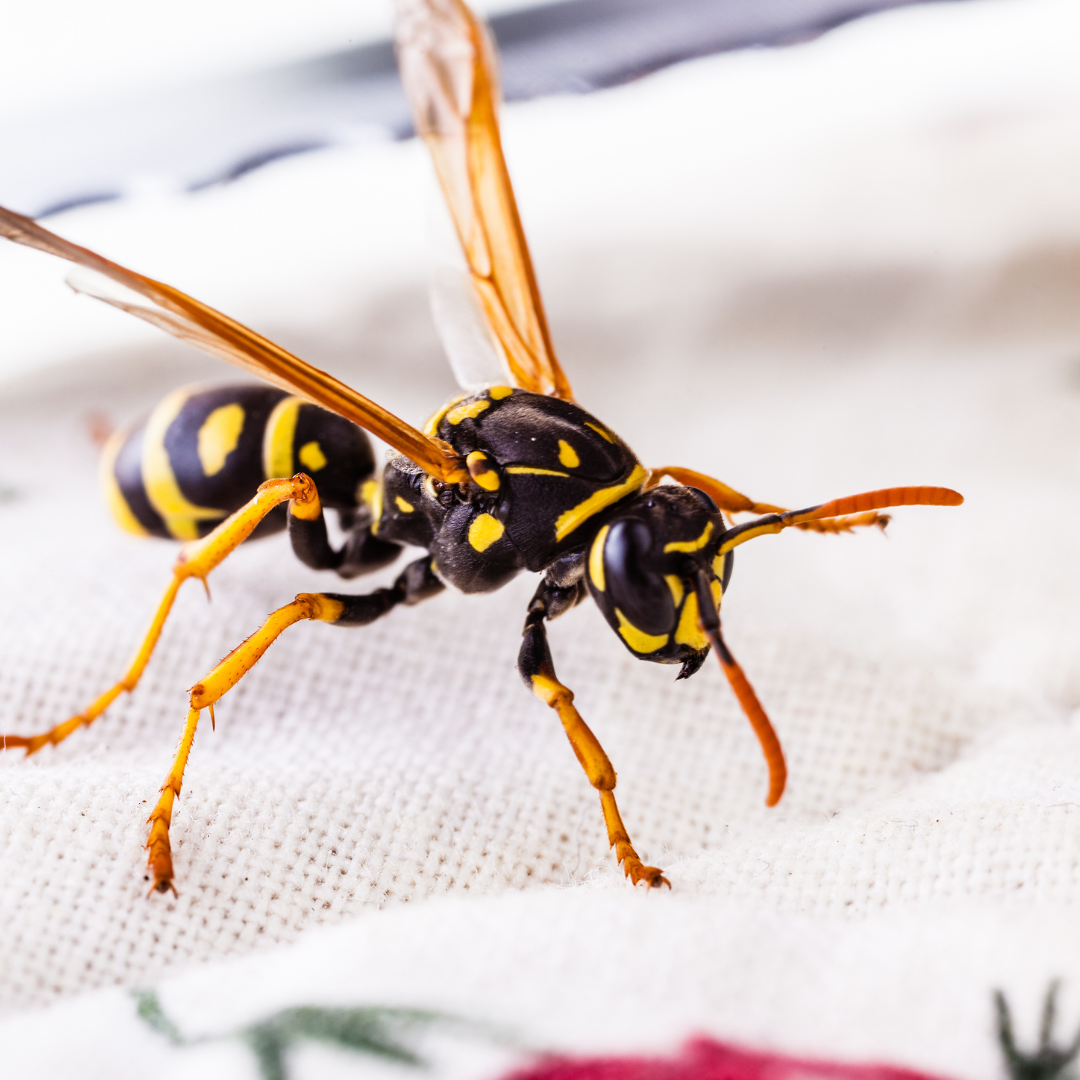
Common Yellow Jacket
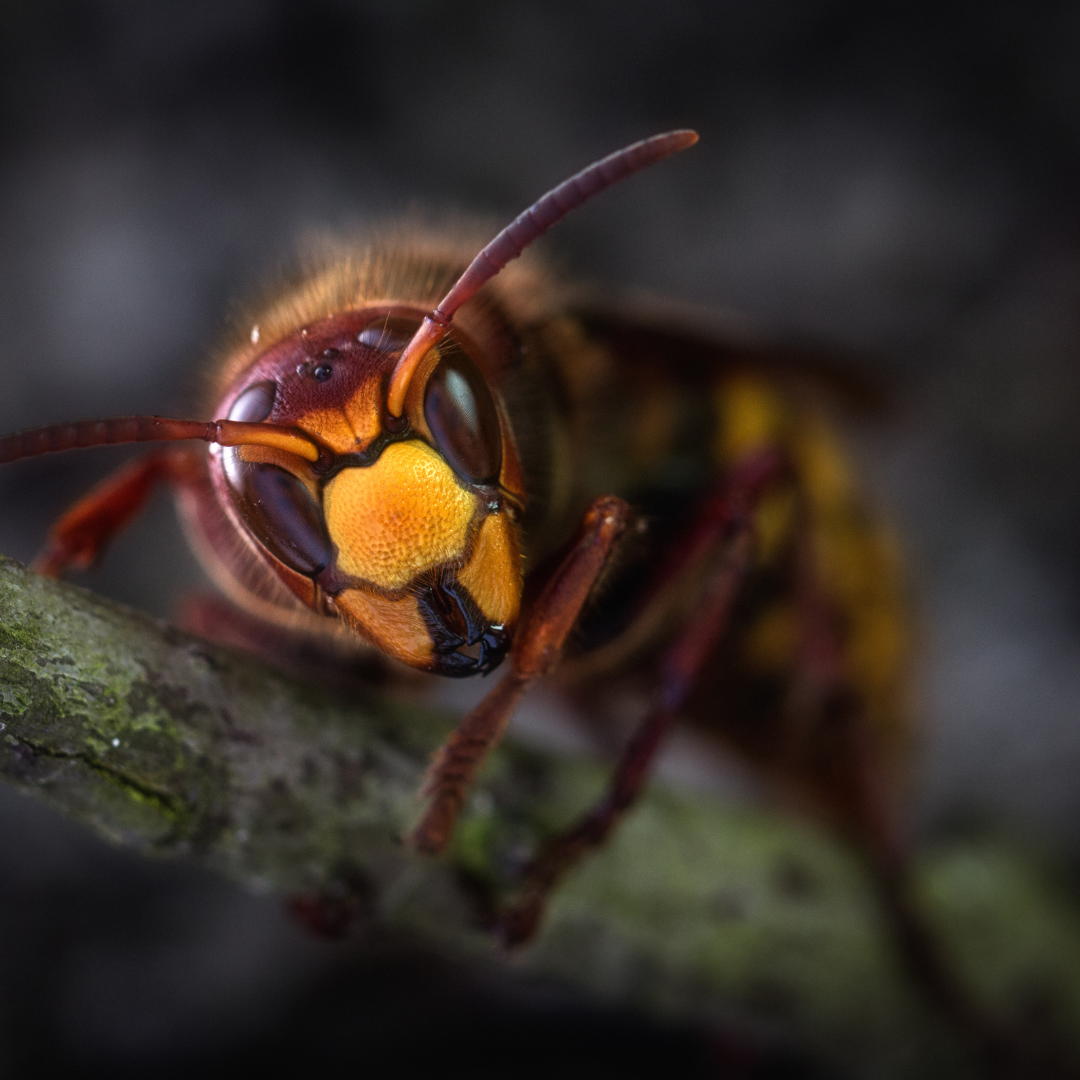
German Yellow Jacket
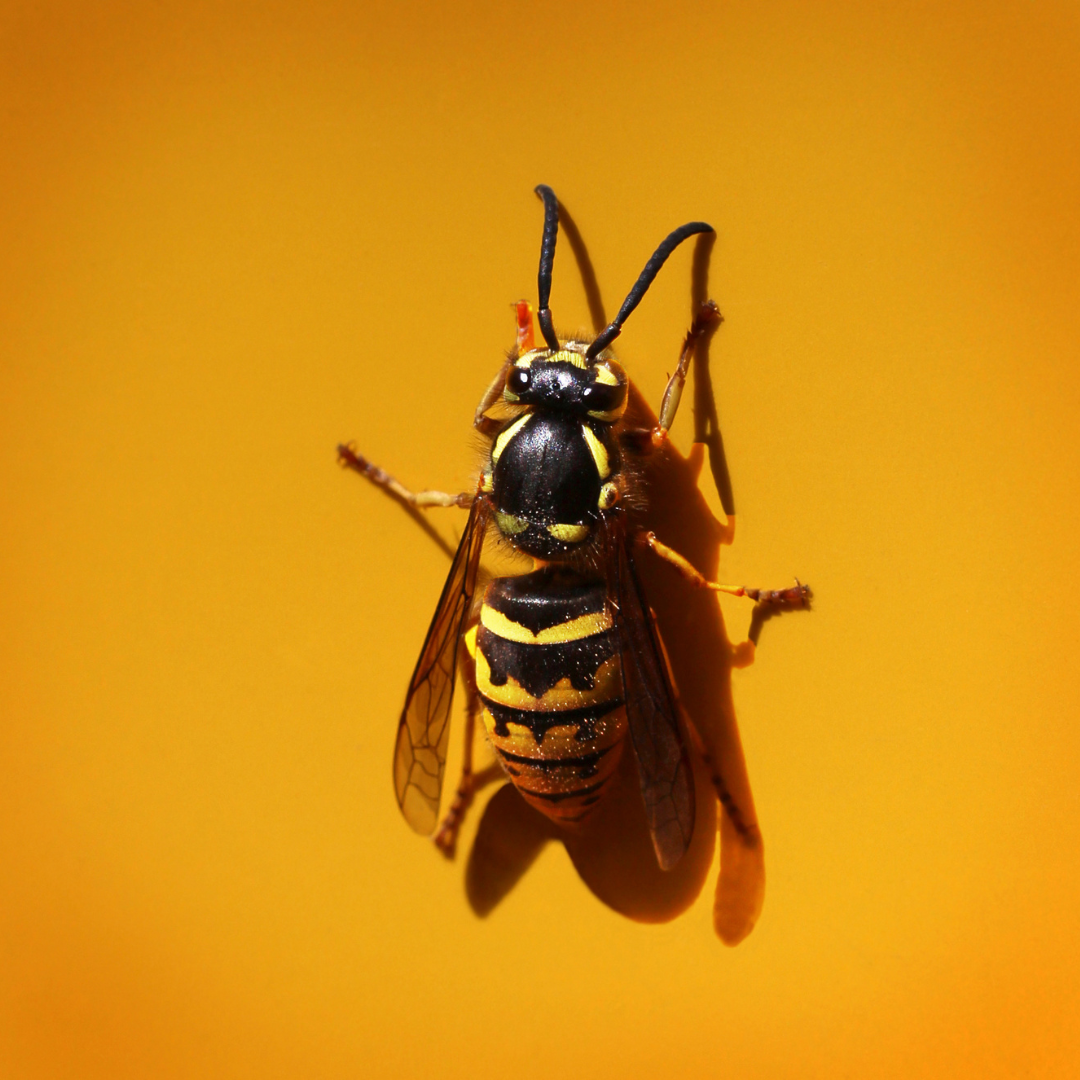
Southern Yellow Jacket
Chiggers/Redbugs
In Virginia, various chigger species, commonly referred to as redbugs, can be found. These tiny arachnids typically measure less than 1/20th of an inch and are red to orange in color during their larval stage. Identifying chiggers can be challenging due to their small size, but their reddish coloration is a distinctive characteristic. Chigger larvae are often encountered in grassy or wooded areas and can attach themselves to the skin, causing itchy, red welts. To avoid chigger bites, it’s advisable to wear long clothing, apply insect repellent, and steer clear of tall grass and vegetation while spending time outdoors.
Insights: Avoid walking in tall grass, and apply insect repellent to prevent chigger bites when spending time outdoors.
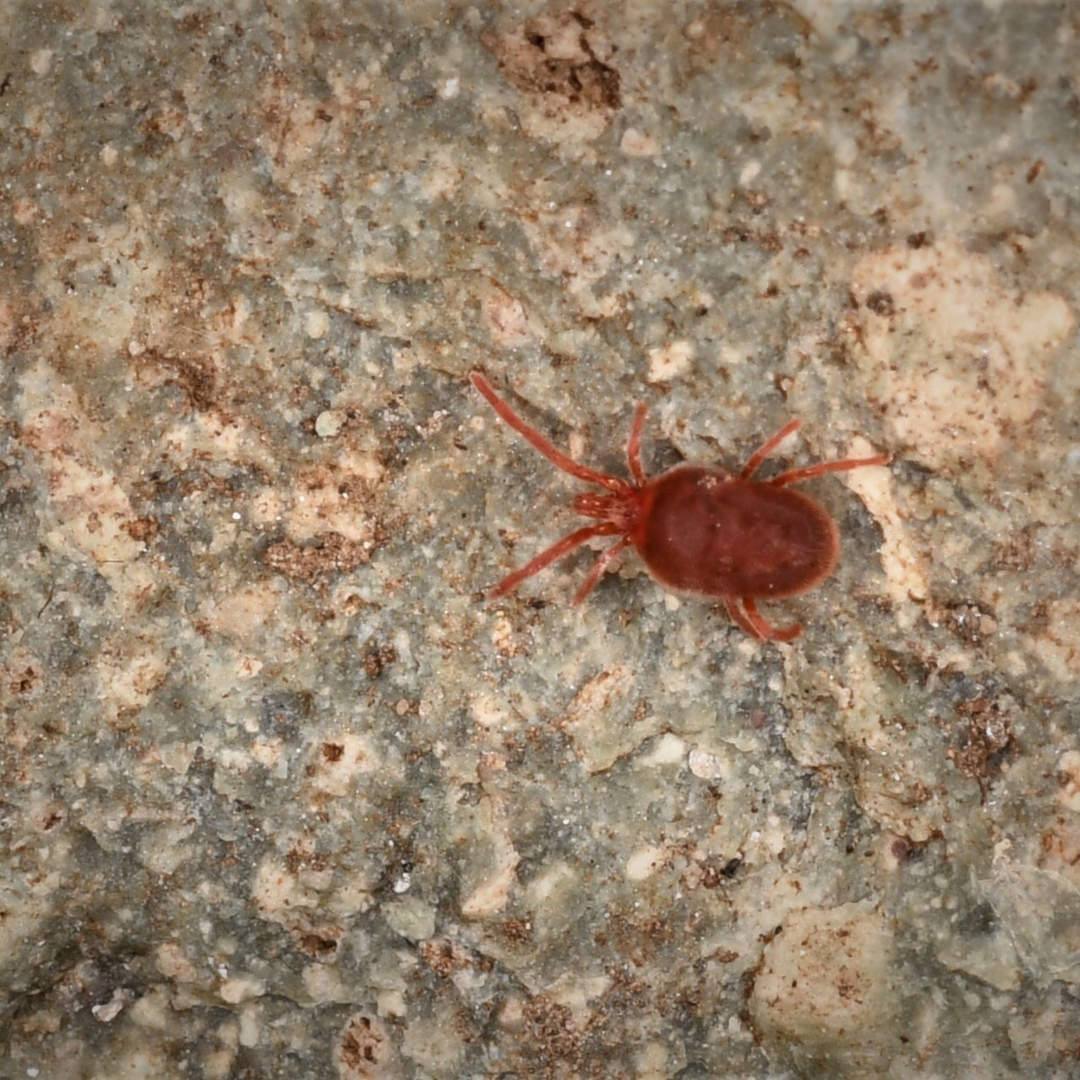
Chiggers & Redbugs
Rats & Mice
Several rodent species are commonly encountered, including the House Mouse, Norway Rat, and Roof Rat. Identifying these rodents involves considering various factors.
- The House Mouse is typically small, with a slender body, large ears, and a pointed snout.
- Norway Rats, also known as Brown Rats, are larger and more robust, with a heavy body and a blunt snout.
- Roof Rats, also called Black Rats, are similar in size to Norway Rats but are characterized by their sleeker build and pointed snout.
Proper identification is essential for adequate rodent control, as each species may exhibit different behaviors and habits. Insights: Rodents can cause damage and carry diseases. Proper sanitation and sealing entry points are essential.
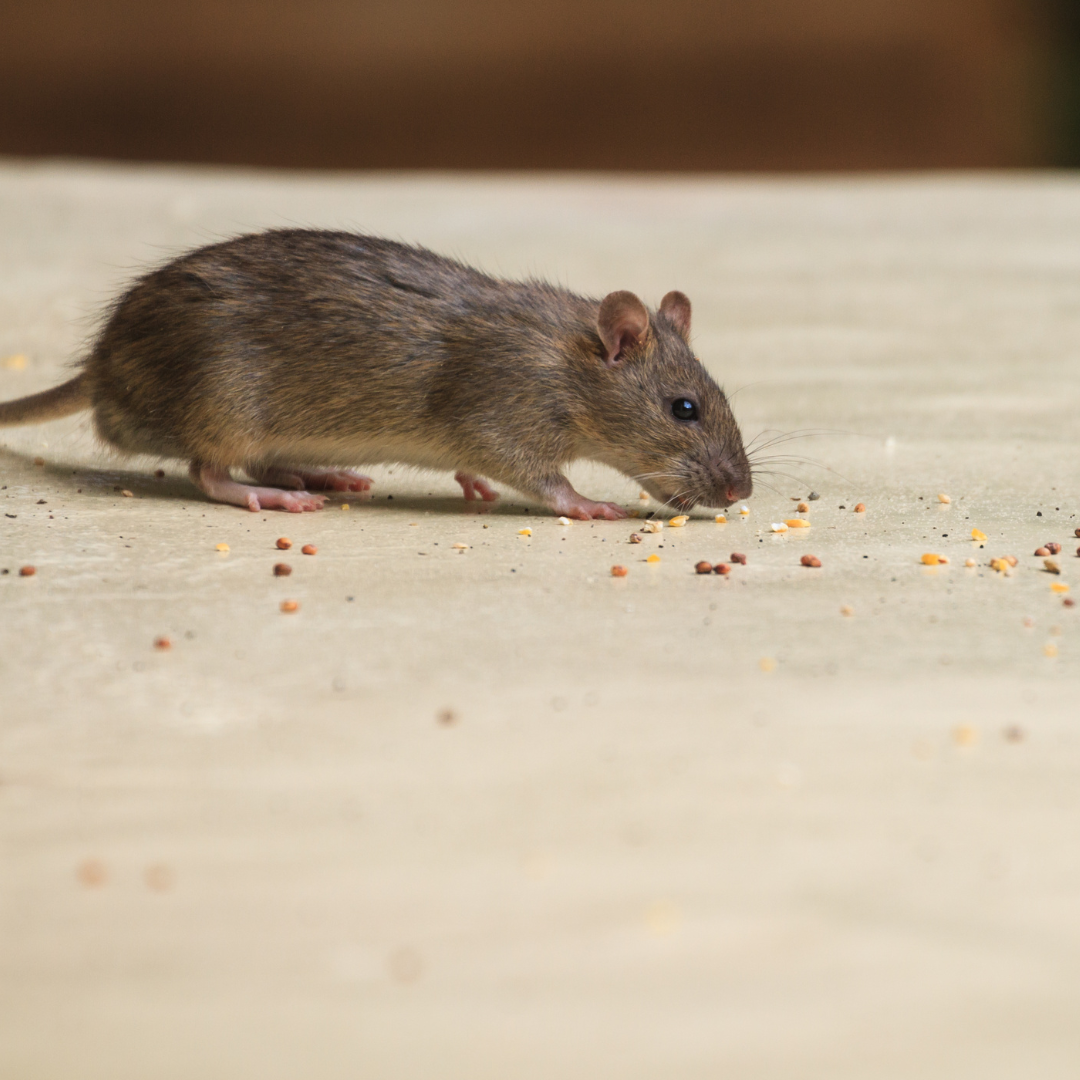
House Mouse
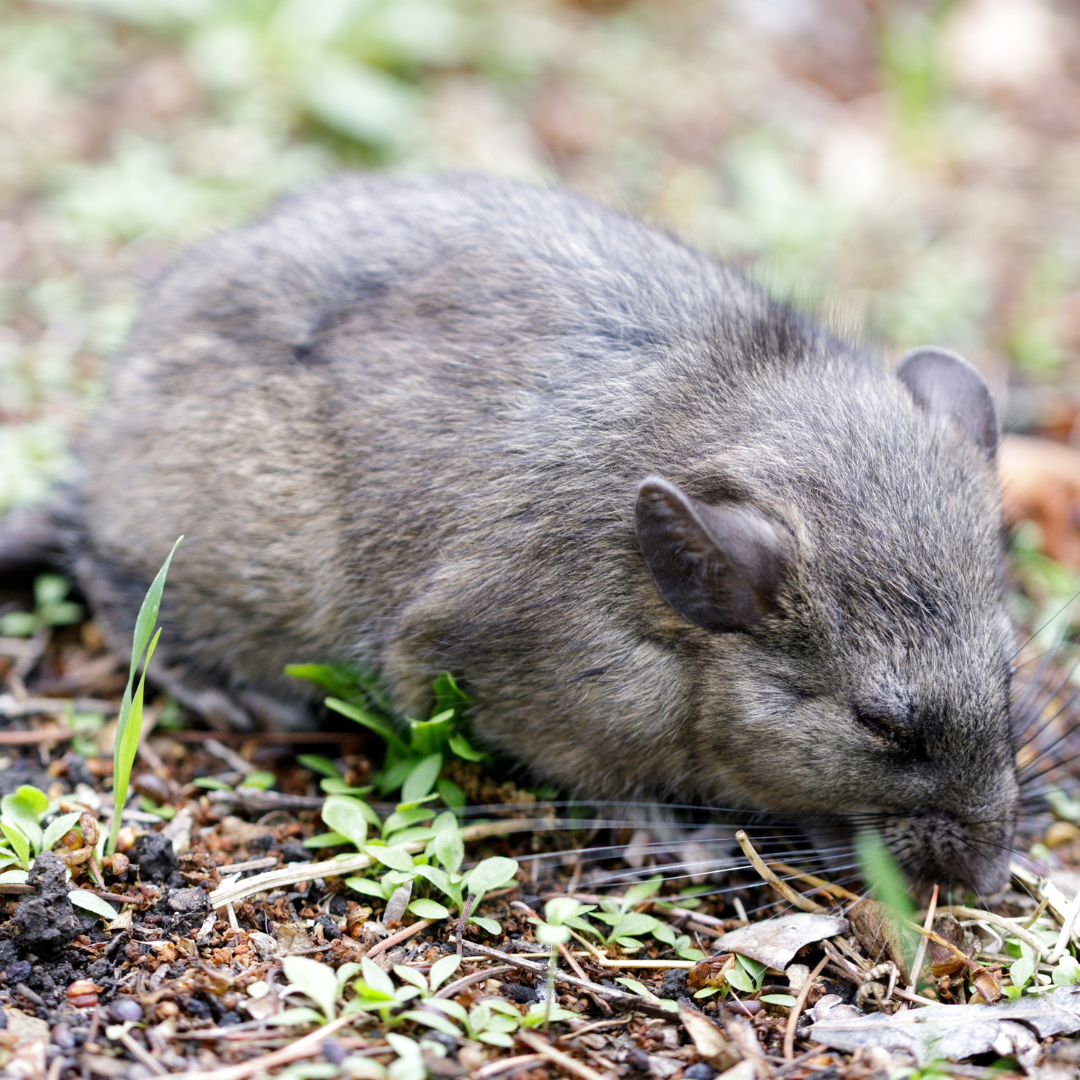
Norway Rats
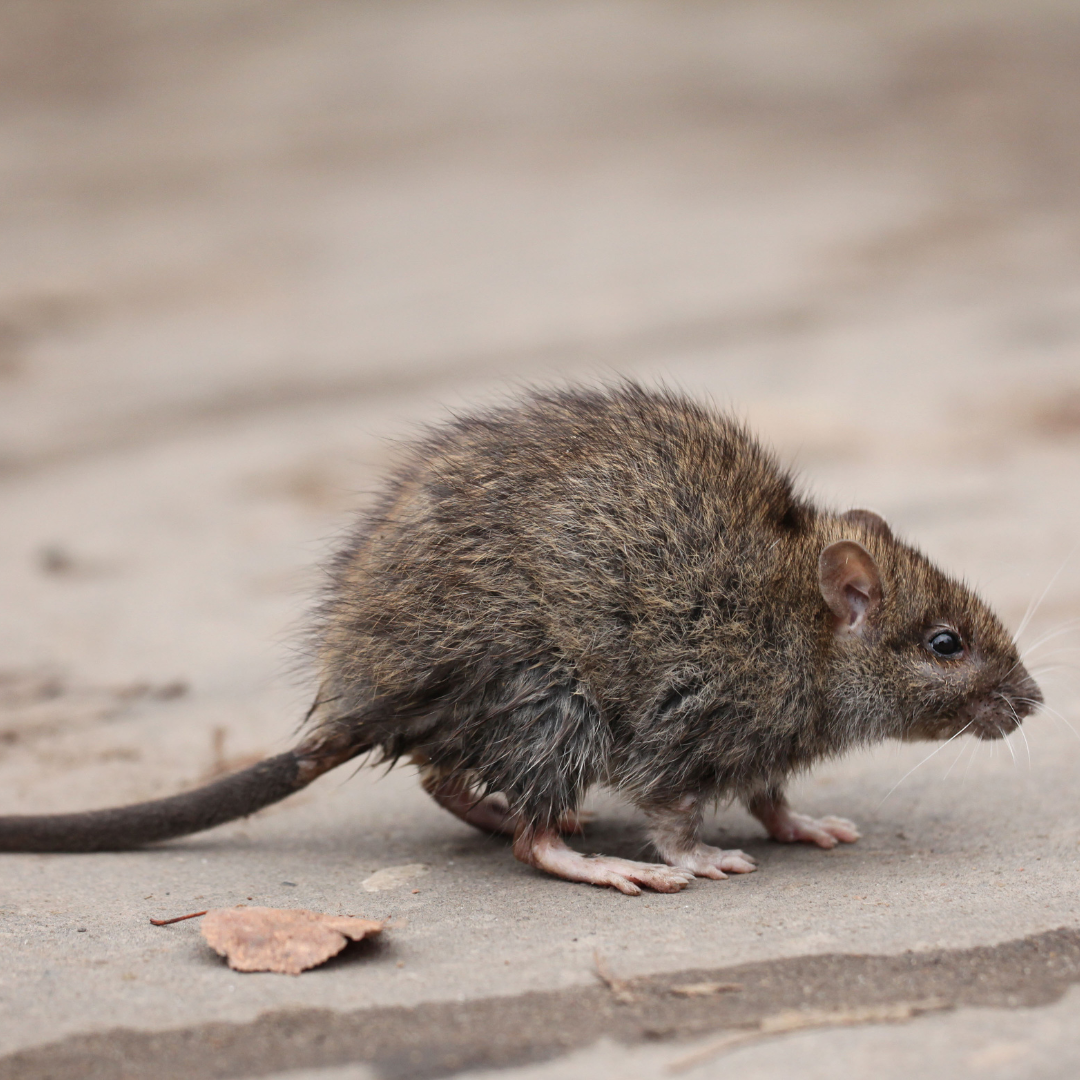
Roof Rats
Mosquitoes
In Virginia, you can encounter several mosquito species, including the common house mosquito, the Asian tiger mosquito, and the northern house mosquito. Identifying these mosquitoes typically involves examining their physical characteristics and behaviors.
- The common house mosquito is a brownish-gray species with a noticeable proboscis for feeding.
- The Asian tiger mosquito is distinctive due to its black and white striped legs and body,
- The northern house mosquito resembles the common house mosquito but is primarily active during the daytime.
These mosquitoes can carry diseases, so it’s crucial to take measures, such as using mosquito repellent and eliminating standing water, to reduce your risk of mosquito-borne illnesses in Virginia.
Insights: Eliminate standing water and use mosquito repellent to reduce mosquito activity around your home.
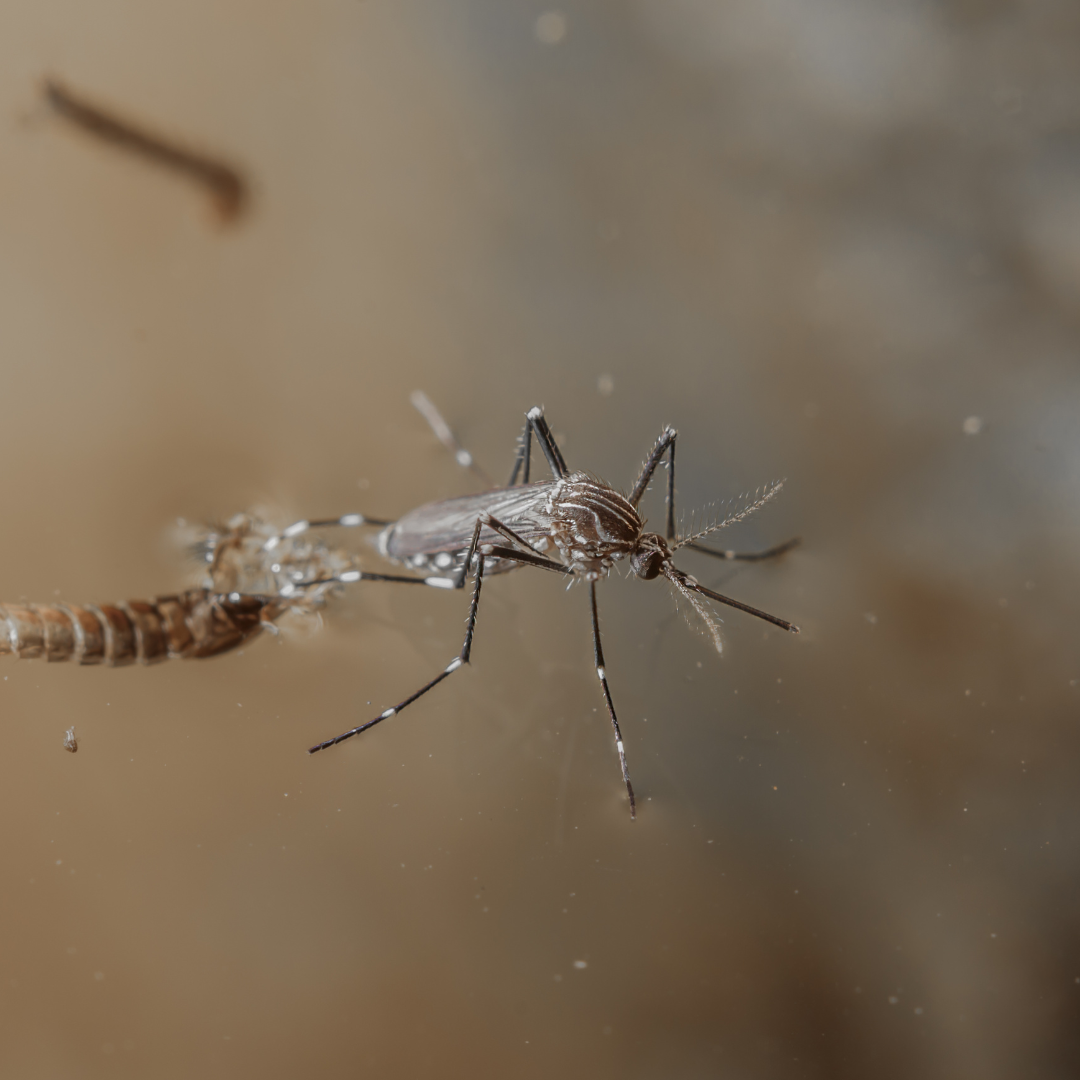
Common House Mosquito
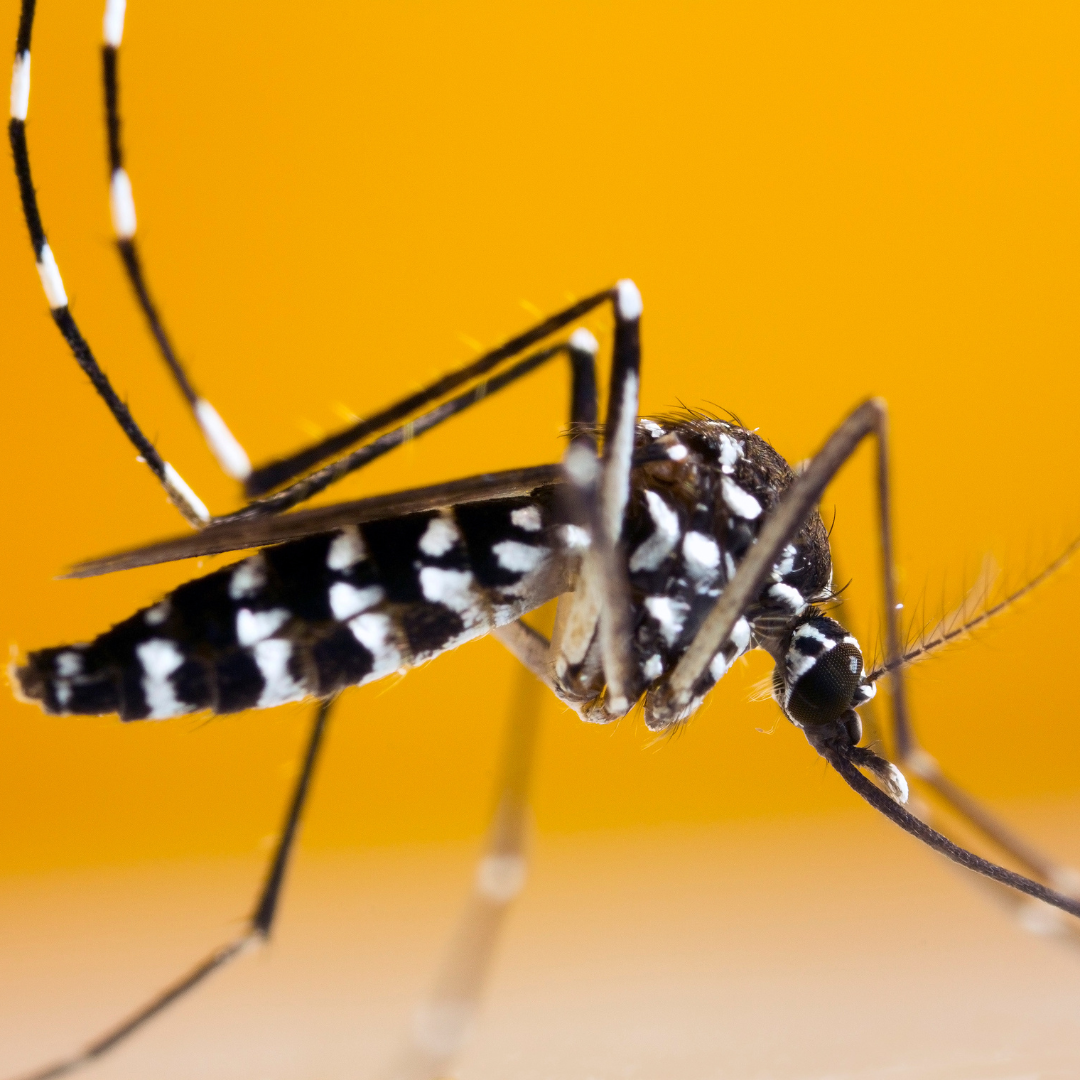
Asian Tiger Mosquito

Northern House Mosquito
Cockroaches
Several common cockroach species can be identified based on their distinct features.
- The American cockroach, aka the “palmetto bug,” is one of the largest and can grow up to 2 inches long, with a reddish-brown color and a yellow figure-eight pattern on its head.
- The German cockroach is much smaller, typically around 1/2 inch in size, and is light brown with two parallel dark stripes running down its back.
- The Oriental cockroach is dark brown to black, and both males and females are winged, with females being slightly larger.
- The brown-banded cockroach is smaller, about 1/2 inch, with light brown to dark brown bodies and distinctive light bands across their wings.
Insights: Cockroaches can transmit diseases. Maintain a clean environment and address any moisture issues to deter them.
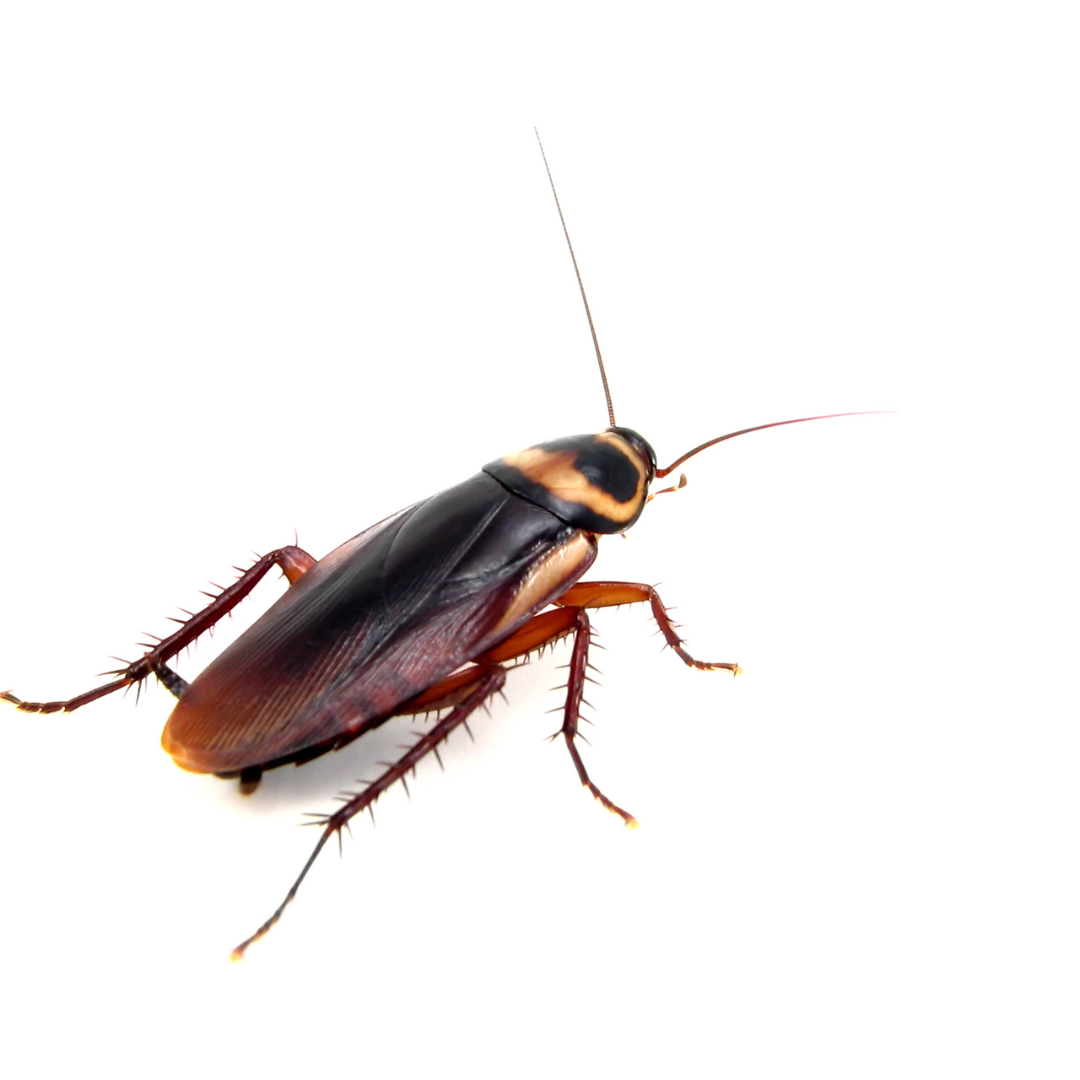
American Cockroach
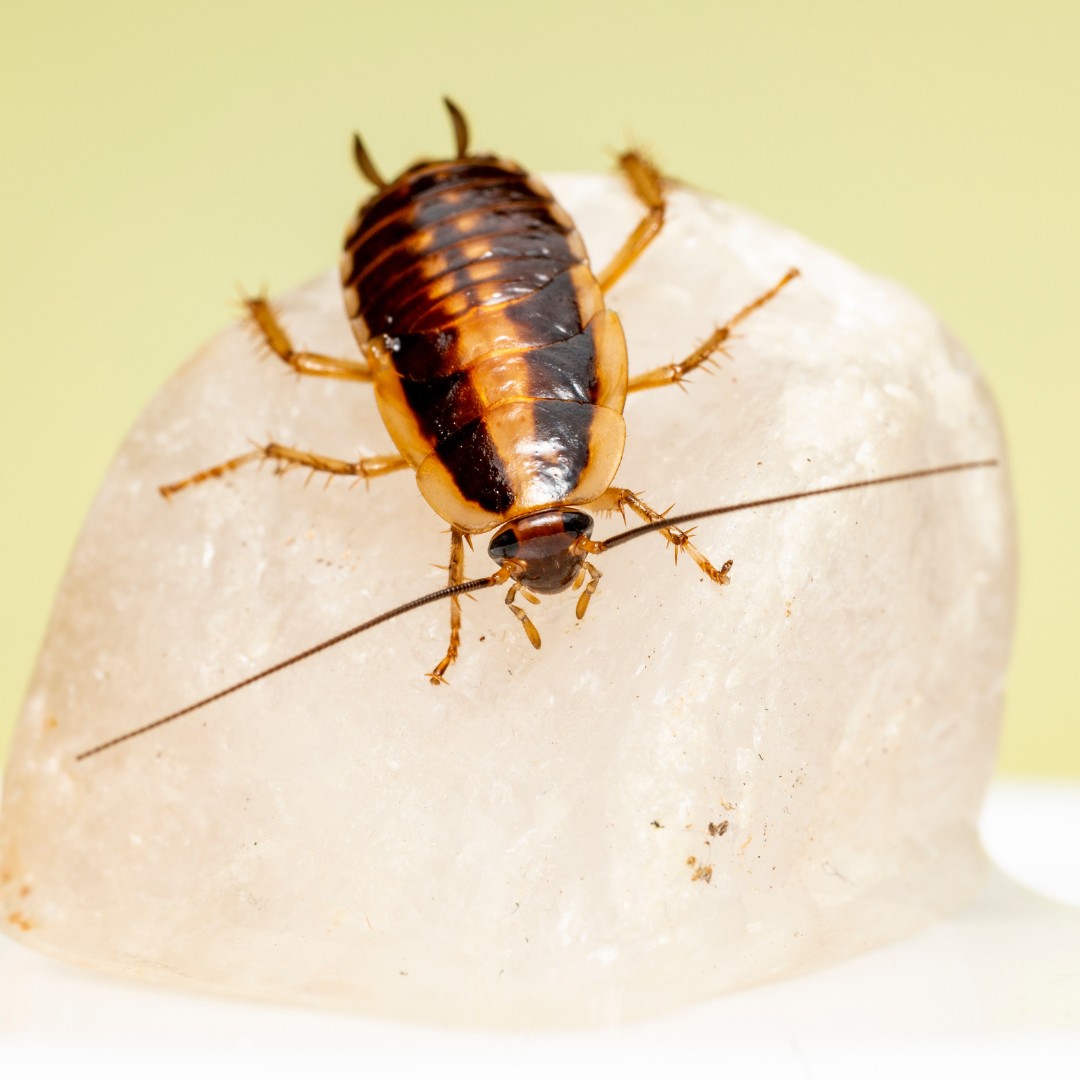
German cockroach
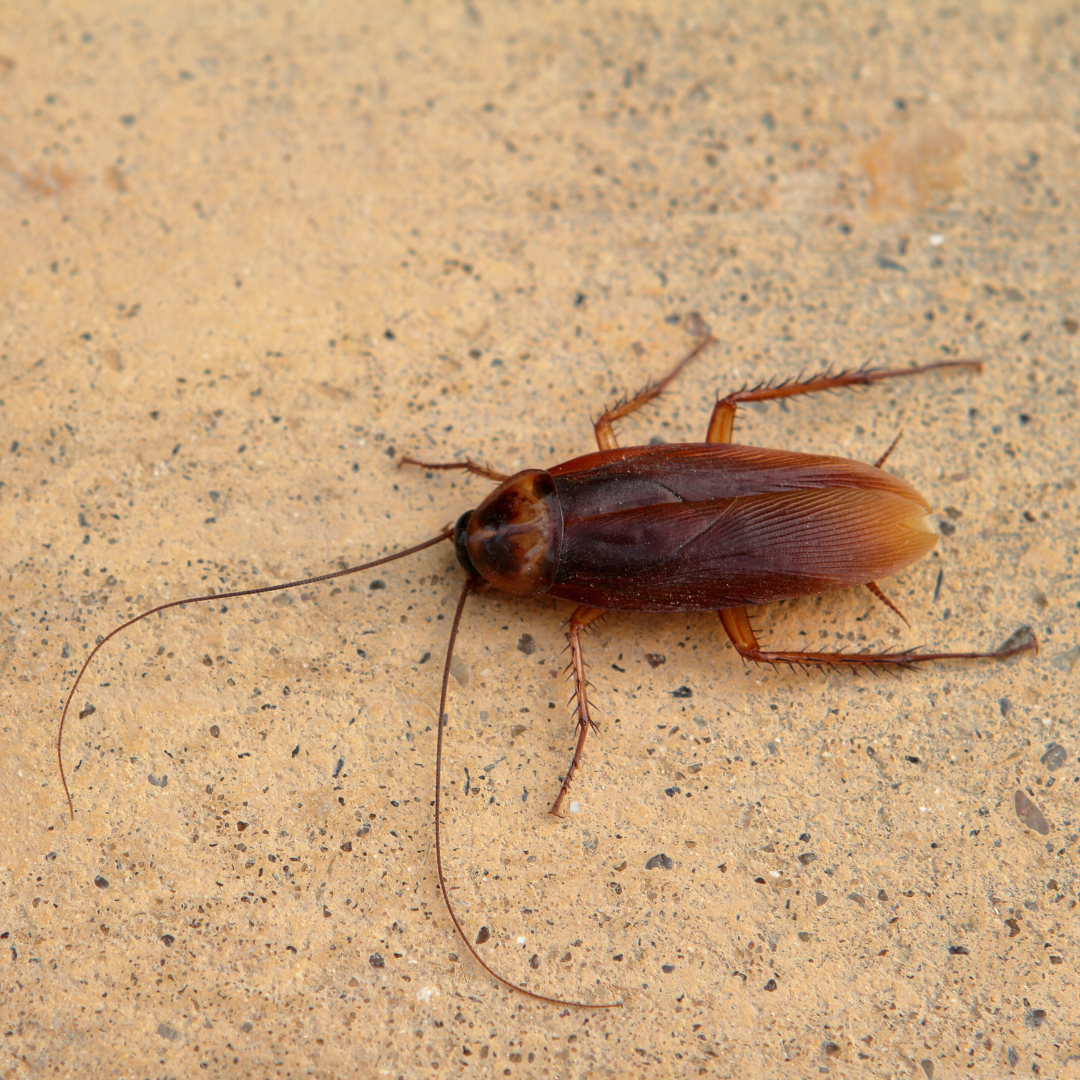
Oriental cockroach
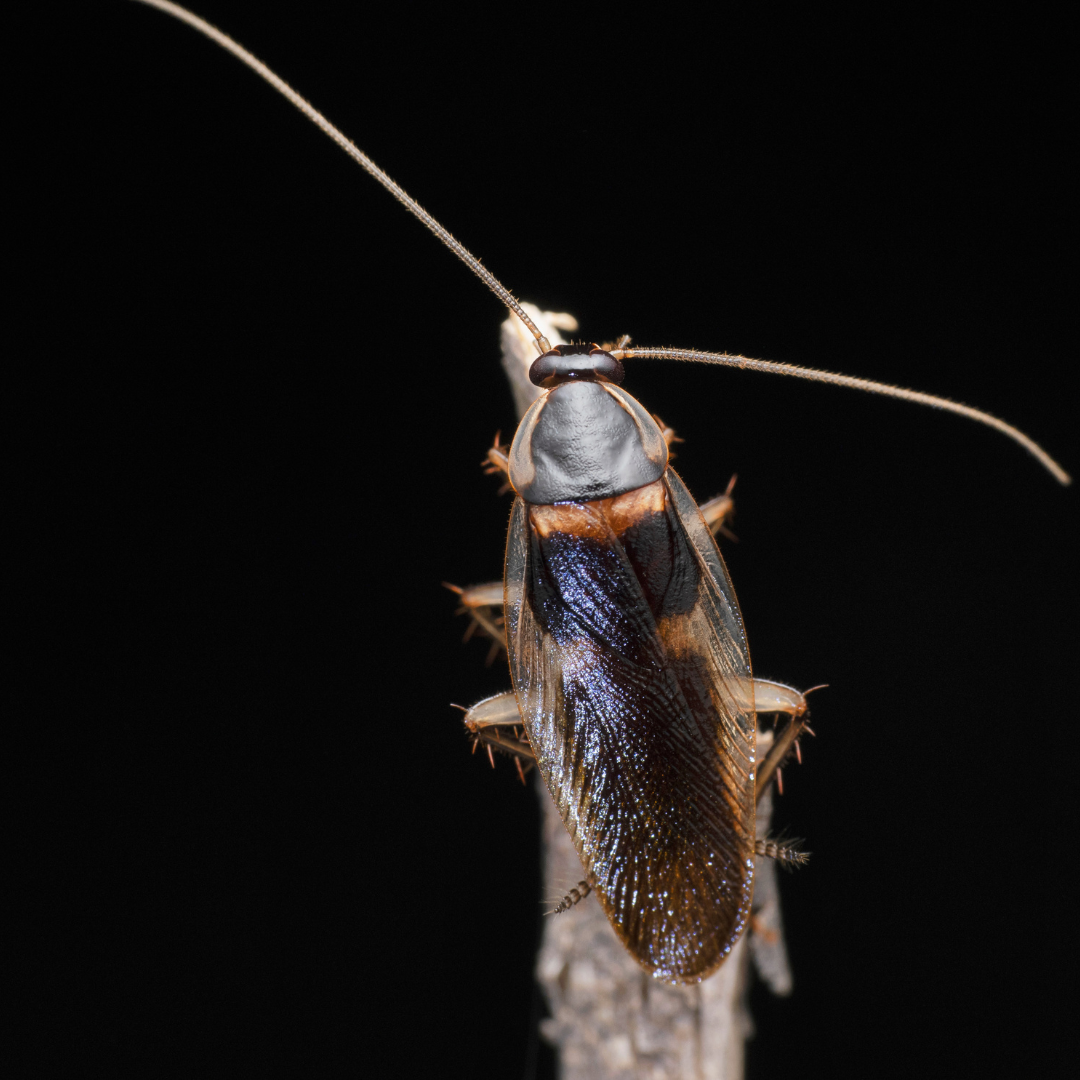
Brown-banded cockroach
Ticks
In Virginia, you may encounter several tick species, including the American dog tick, the black-legged tick (also known as the deer tick), and the lone star tick.. Identifying these ticks typically involves examining their size, color, and distinctive features.
- The American dog tick, for instance, is characterized by its brown body with white or gray markings.
- The black-legged tick is smaller and dark brown to black, often with an orange-red abdomen.
- The lone star tick features a unique white dot or “lone star” on the female’s back.
It’s crucial to note that while tick identification can be helpful, the presence of ticks, particularly the black-legged tick, which can transmit Lyme disease, requires immediate attention. Take precautions in tick-prone areas and perform regular tick checks to prevent tick-borne illnesses.
Insights: Check for ticks after outdoor activities and use tick repellent to reduce exposure.
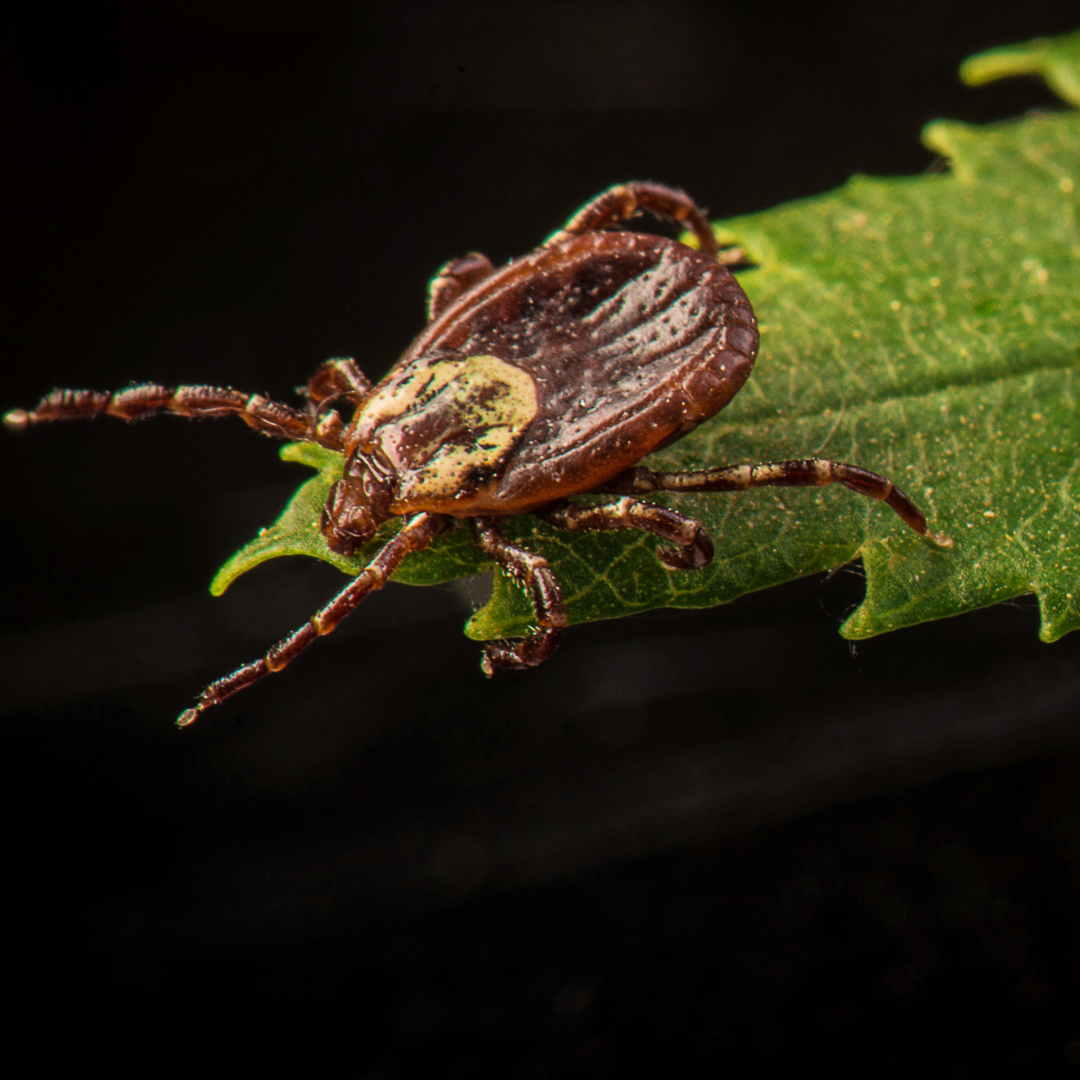
American dog tick
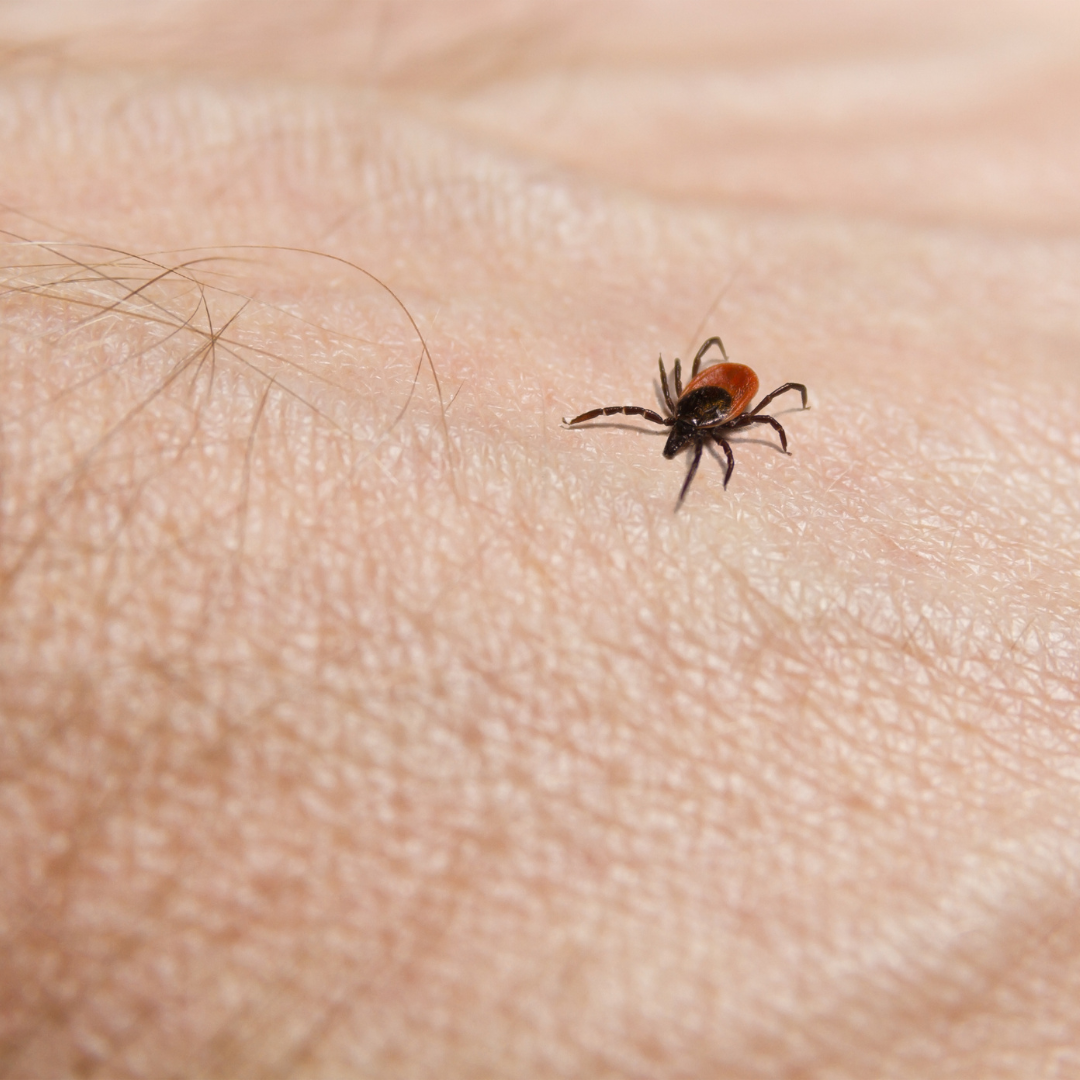
Black-legged tick

Lone star tick
Fleas
The most common fleas found in VA are the cat fleas and the dog flea. Identifying these fleas often involves examining their size, color, and preferred host. Cat fleas are smaller and typically brown, while dog fleas are more prominent and often darker. Both species may infest cats and dogs, but cat fleas are more prevalent.
To identify them, inspect your pets for signs of infestation, including itching, excessive scratching, or visible adult fleas in their fur. If you suspect a flea problem in your home, look for tiny, dark, oval-shaped feces or eggs in areas where your pets rest, and consult a pest control professional for effective flea control measures.
Insights: Keep your pets treated for fleas and maintain a clean environment to prevent infestations.
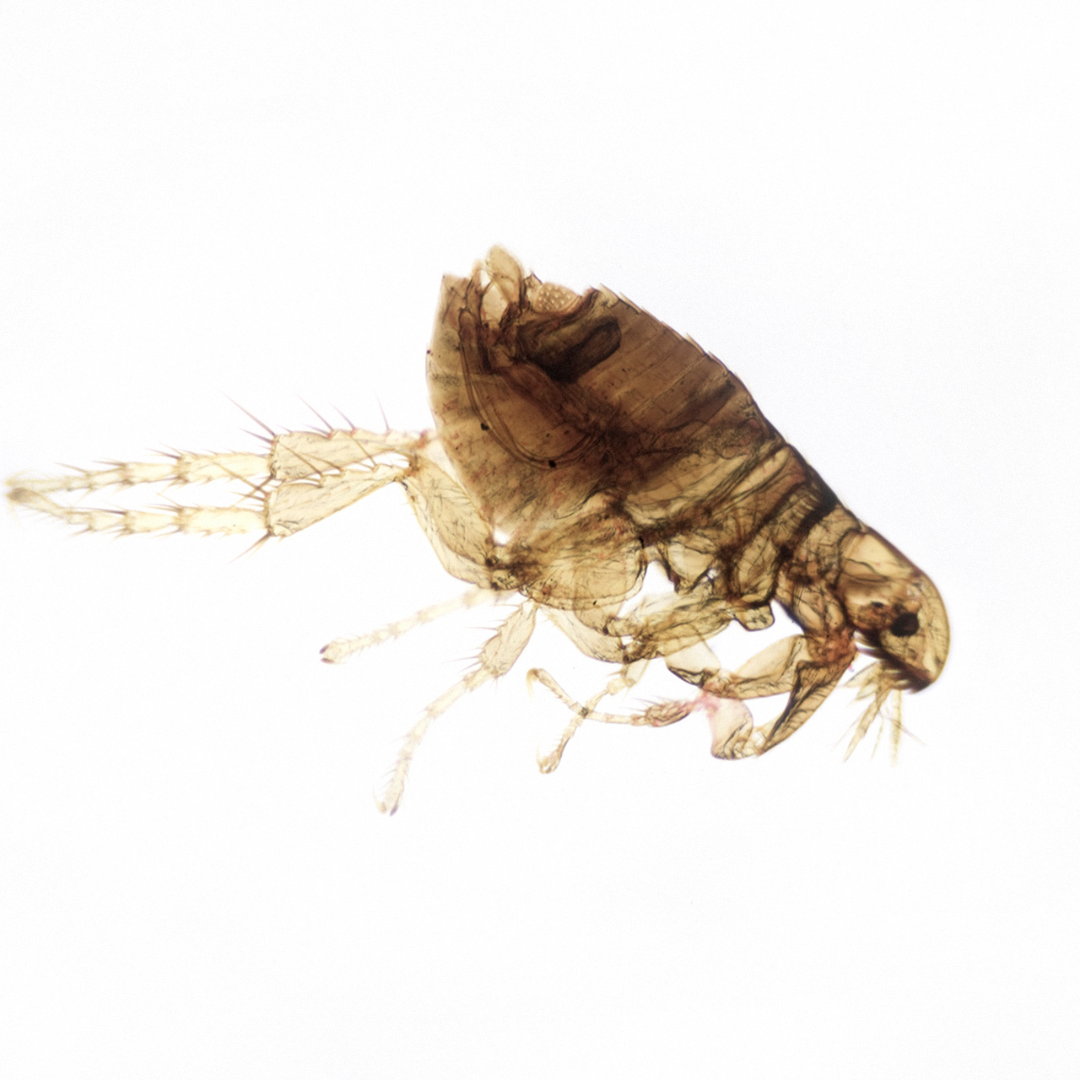
Fleas
Bug FAQ
If you have more questions or need assistance with any pest-related concerns, feel free to contact Martin’s Pest Control. We’re here to help and provide you with expert advice and pest control services to ensure your home remains pest-free. Your satisfaction and peace of mind are our top priorities.
